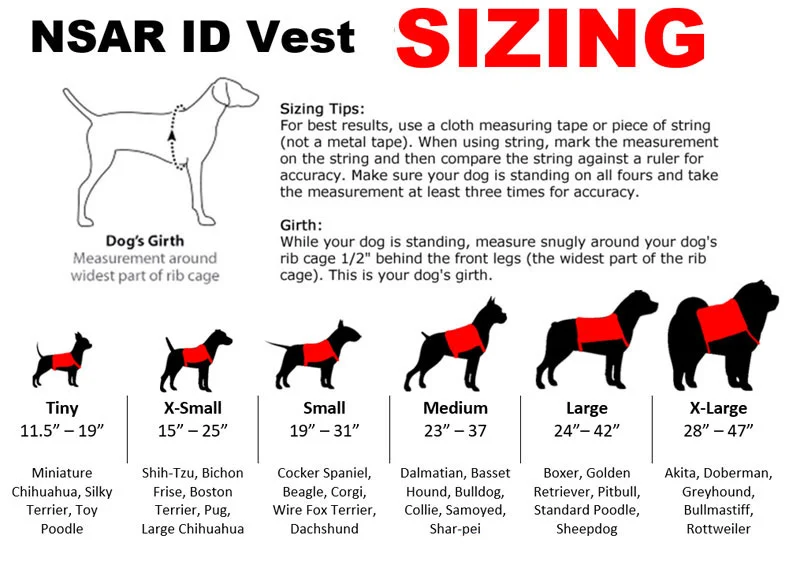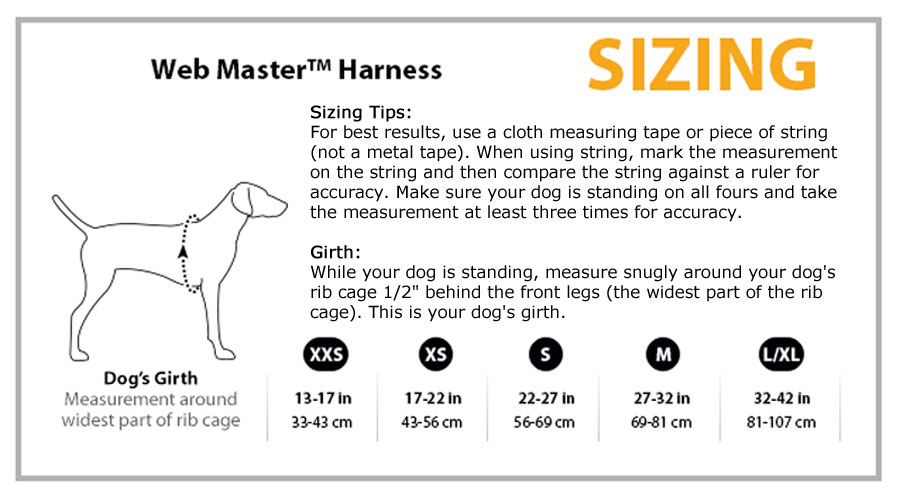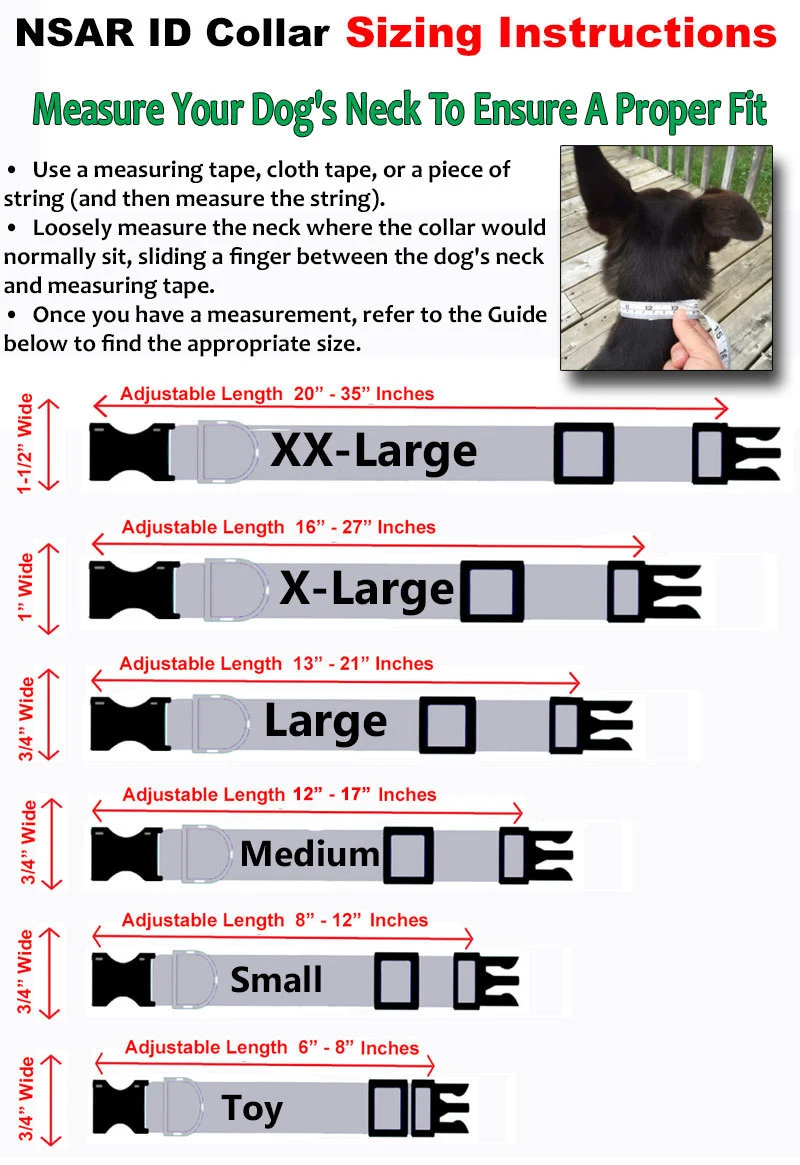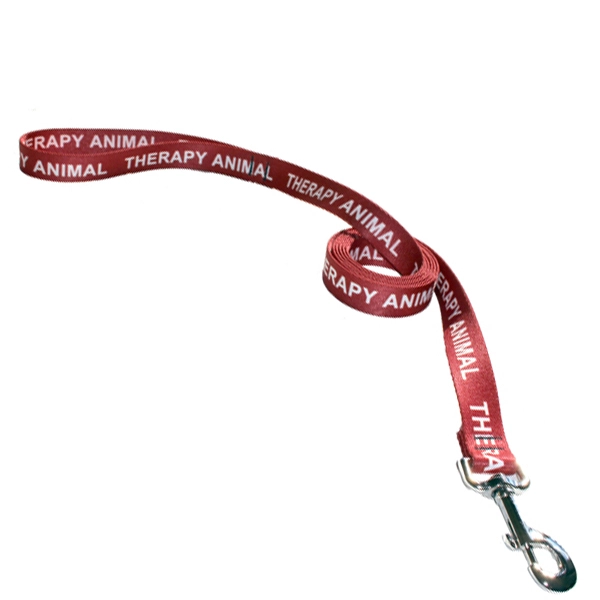How Emotional Support Animals Help with Seasonal Affective Disorder (SAD)

As the seasons change and daylight dwindles, many individuals experience a shift in mood and energy levels. For some, this shift develops into Seasonal Affective Disorder (SAD), a form of depression triggered by seasonal changes, primarily during fall and winter. While various treatments exist, Emotional Support Animals (ESAs) have emerged as a powerful, non-medical intervention that offers companionship, comfort, and stability.
In this comprehensive guide, we’ll explore the role of ESAs in managing SAD, their legal rights, and how individuals can qualify for one.
What Is an Emotional Support Animal (ESA)?
An Emotional Support Animal (ESA) is a companion animal prescribed by a licensed mental health professional to help alleviate symptoms of emotional or psychological disorders, including SAD. Unlike service dogs, ESAs do not require specialized training, but they provide significant emotional benefits through companionship and unconditional support.
How ESAs Differ from Service Animals and Therapy Animals
- Service Animals: Trained to perform specific tasks for individuals with disabilities (e.g., guiding the visually impaired).
- Therapy Animals: Used in structured therapy settings such as hospitals or schools.
- ESAs: Provide emotional comfort but are not required to perform specific tasks.
How Emotional Support Animals Help with SAD
1. Alleviating Feelings of Loneliness and Isolation
SAD often leads to social withdrawal and increased feelings of loneliness. ESAs provide constant companionship, which can reduce isolation and promote a sense of belonging.
2. Encouraging Physical Activity
Engaging with an ESA, especially a dog, encourages regular outdoor activity, which helps combat depressive symptoms by increasing exposure to natural light and promoting exercise.
3. Reducing Stress and Anxiety
Interacting with an ESA has been shown to lower cortisol levels and increase serotonin and dopamine, the brain’s “feel-good” chemicals.
4. Establishing Routine and Structure
Caring for an ESA creates a daily structure, helping individuals with SAD maintain a routine, which is beneficial for mental health.
5. Providing Unconditional Emotional Support
The nonjudgmental presence of an ESA can be a source of comfort and stability, especially during depressive episodes.
Legal Rights and Protections for ESAs
Fair Housing Act (FHA)
Under the FHA, individuals with ESAs have the right to live in housing that typically restricts pets, without additional pet fees. Additionally, landlords may not enforce a “no pet” policy.
Air Carrier Access Act (ACAA) – Changes in 2021
As of 2021, ESAs are no longer considered service animals under the ACAA, meaning airlines are not required to allow them in cabins. However, trained psychiatric service dogs are still permitted.
However, this doesn’t mean you cannot fly with your ESA. You have two options:
- Train your ESA to become a psychiatric service dog
- Follow the airlines’ pet policies (some still allow the animal in the cabin provided they are small enough).
Employment and Public Spaces
Unlike service animals, ESAs do not have automatic access to public places or workplaces. However, some employers and businesses may accommodate them. Call ahead of your visit and ask about your ESAs accommodation rights.
How to Qualify for an Emotional Support Animal
1. Consult a Licensed Mental Health Professional
A licensed therapist, psychiatrist, or psychologist must evaluate your condition and determine if an ESA would benefit you.
2. Obtain an ESA Letter
A valid ESA letter must include the professional’s license number, date, and details stating the necessity of the ESA for mental health support.
3. Choose the Right ESA for You
While dogs and cats are the most common ESAs, other animals such as rabbits, birds, or guinea pigs can also provide emotional support.

Tips for Caring for Your ESA
- Maintain a Regular Feeding & Exercise Schedule: Routine care ensures the ESA remains healthy and happy.
- Keep Up with Vet Visits: Regular check-ups are essential for the ESA’s well-being.
- Create a Comforting Environment: Provide toys, bedding, and stimulation to keep your ESA engaged.
- Engage in Positive Interaction: Playtime, cuddling, and bonding moments enhance the emotional connection between you and your ESA.
Frequently Asked Questions (FAQs)
1. Can any pet be an ESA?
Yes, as long as a licensed mental health professional prescribes the animal for emotional support, any domesticated pet can qualify as an ESA.
2. Does my ESA require special training?
No, ESAs do not need specific training but should be well-behaved in social settings.
3. Can landlords deny my ESA?
Under the Fair Housing Act, landlords cannot deny an ESA, even if they have a no-pet policy, as long as proper documentation is provided.
4. How do I travel with my ESA?
Since the ACAA no longer recognizes ESAs as service animals, airline policies vary. Check with the airline in advance about their pet policies.
5. How long does an ESA letter remain valid?
ESA letters typically need renewal annually to remain valid.
Final Thoughts
Seasonal Affective Disorder can be a challenging condition, but Emotional Support Animals offer a natural, comforting way to alleviate its symptoms. Their presence can help foster emotional stability, encourage physical activity, and provide unconditional companionship.
If you or someone you know could benefit from an ESA, take the first step today. Contact a licensed mental health professional to see if an ESA is right for you.
Need an ESA letter? Explore our professional ESA letter services and take control of your mental well-being today!













































































